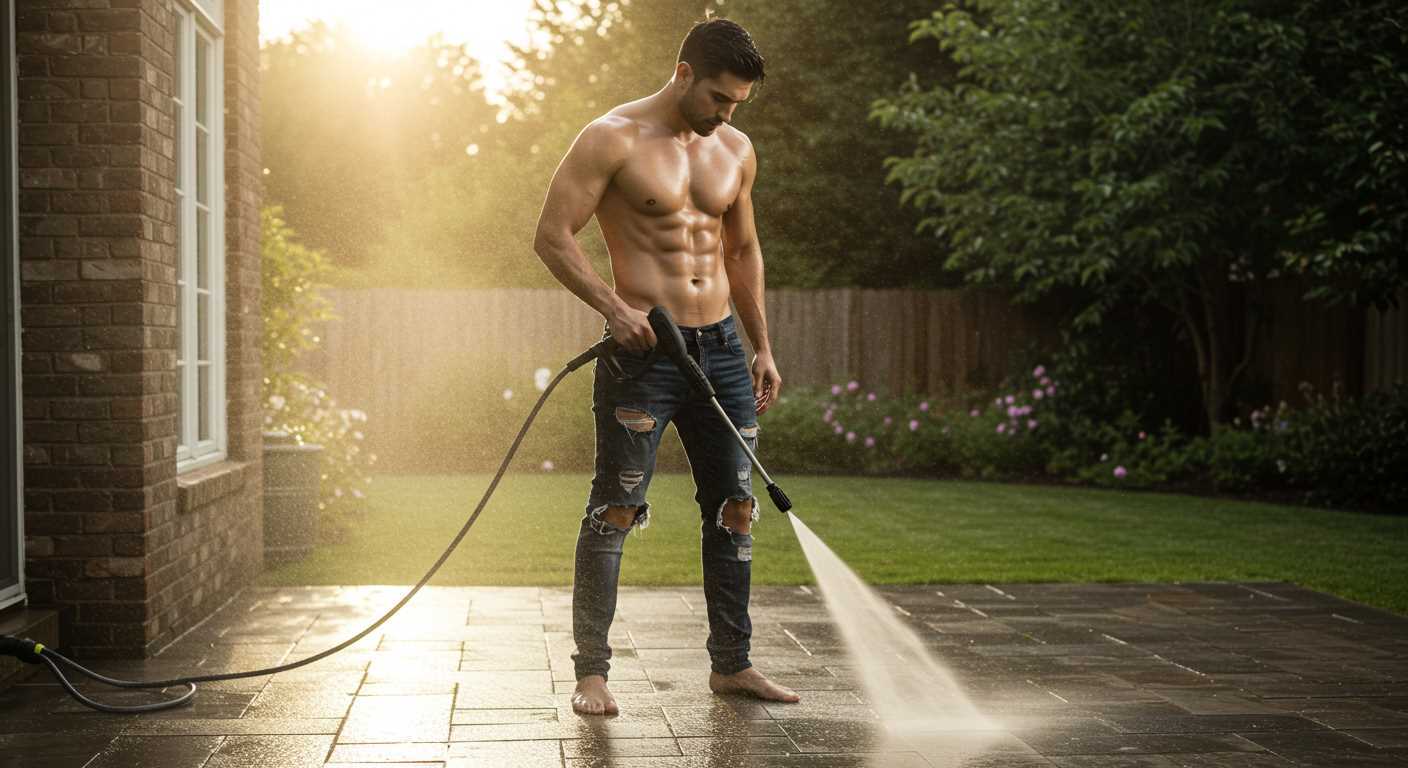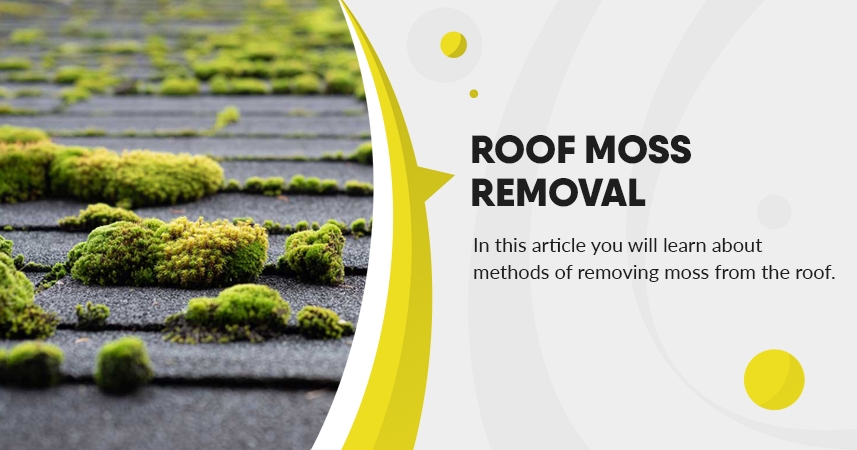
Spring shows very clearly on pavements and terraces how rainy and wet the dark season was. Moss has covered the surroundings of the house with its green sheen. The green plant spreads via spores and is undemanding in terms of location and nutrient requirements. Pavement slabs and terraces can easily serve as a substrate.
Once the moss is there, it continues to spread and should be removed. Moss is not only a visual problem, wood and open-pored stone surfaces can be damaged by moss growth, and the surface also becomes slippery. There are various ways to remove moss. Basically, moss can be removed with a chemical agent, including household remedies, or mechanically.
Removing moss with muscle power
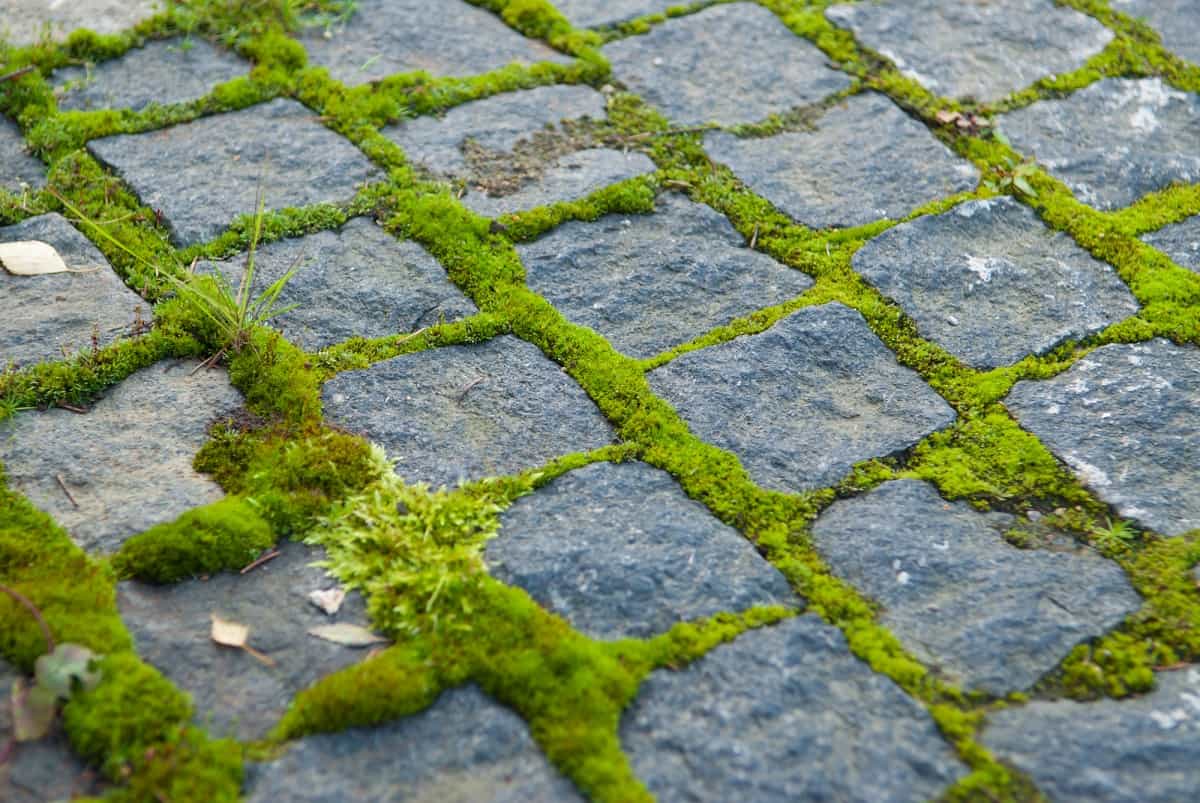
Total Time: 2 minutes
Indispensable in the garden – the joint brush
The joint brush is a narrow wire brush that is well suited to removing moss that grows in joints. The bristles penetrate deep into the gaps and remove not only moss but also other herbs. The brush is not suitable for use over large areas. Since the moss is only removed, the process must either be repeated regularly or a chemical agent must be applied to the joints after brushing. The brush also scrapes out sand and soil, so that the joints have to be refilled regularly. The same applies to the joint scraper. The garden tool is well suited for straight joints and also fits into very narrow gaps. The scraper removes moss deep down and prevents it from growing back quickly.
Removing moss with a brush and broom
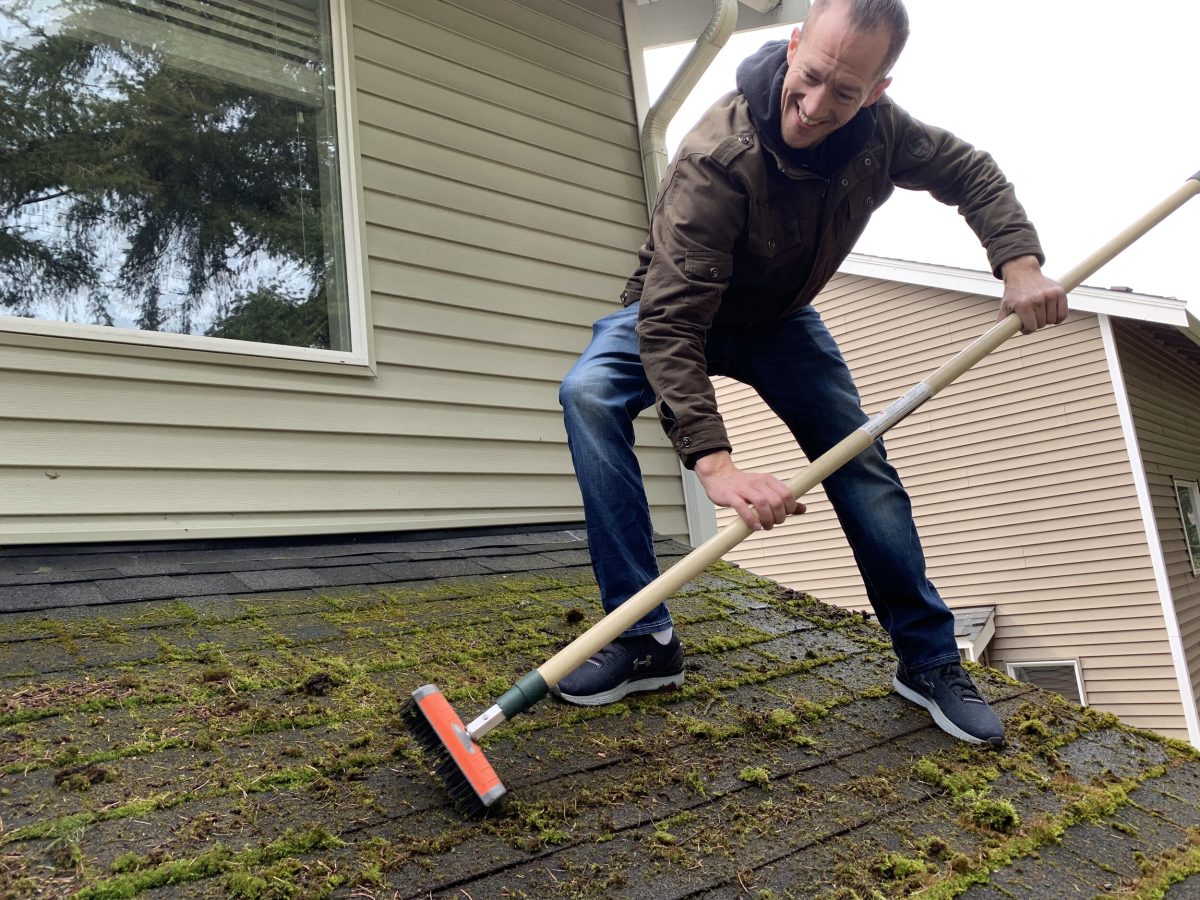
A hard brush or a broom with firm bristles is well suited for removing moss from joints and at the same time from larger areas. The method requires a lot of muscle power and stamina, but it is effective. Brushes that penetrate far enough into the joints to remove the moss completely clean with a lasting effect. Street brooms and brushes are usually available in every household, the application is inexpensive and the tool is multifunctional. It is more expensive to remove the moss with electric brushes. The rotating brush attachments are particularly effective on flat surfaces and are very environmentally friendly.
Removing moss with water power and pressure washer
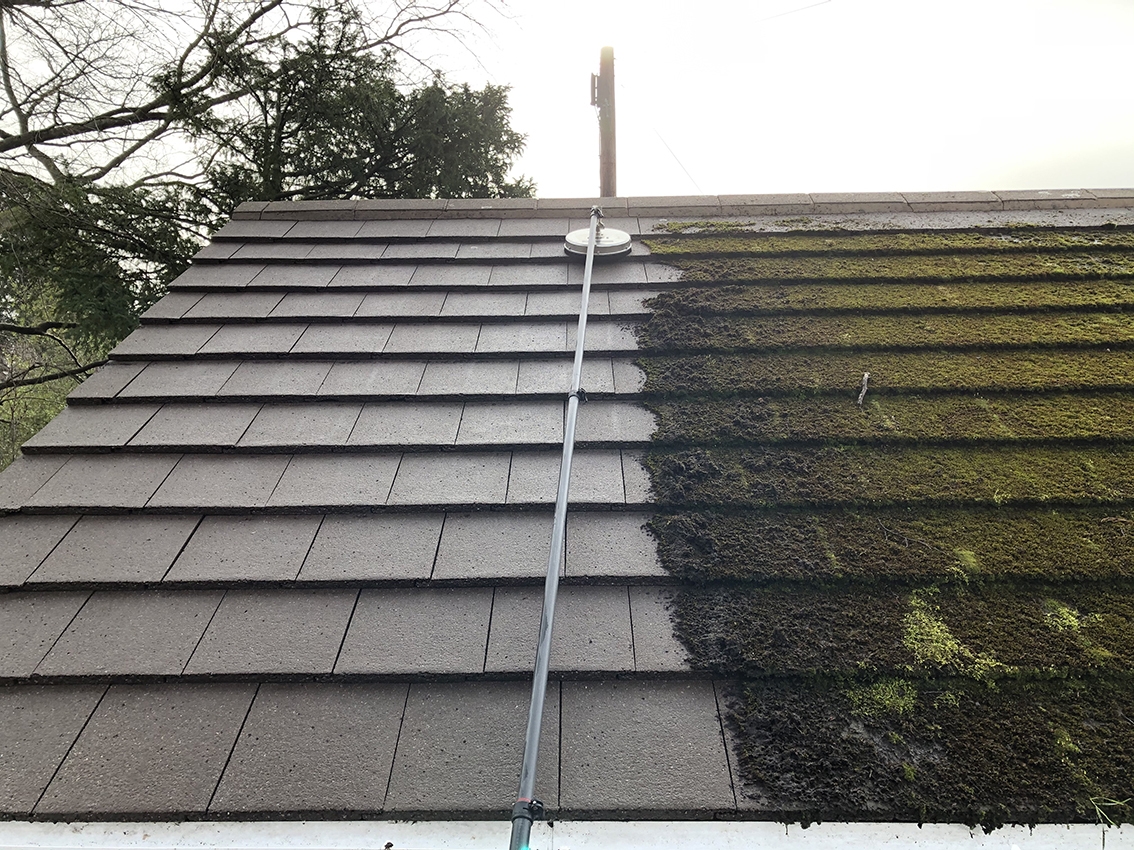
A pressure washer is a universal tool for removing moss. It can be used on all surfaces and also cleans open-pored stone surfaces very thoroughly. Whether sensitive surfaces or moss growth that has had many years to grow, everything is cleaned with water only. Inaccessible areas, e.g. on steps, are easy to clean with the water jet. Removing moss regardless of the weather and with little muscle power is possible with a high-pressure cleaner. However, the purchase of a device is relatively expensive and sandy joints should be refilled after cleaning. On our homepage you will find an overview of the best pressure washers for every budget.
Heat up the moss with a gas burner
Using a gas burner against weeds is effective for many plants. Simply burning the moss is a good solution. The plant dies in an environmentally friendly way and gas burners are not expensive to buy. The substrate must be flame resistant and neighbouring plants must be protected when using this method of removing moss. Unfortunately, the heat stimulates the moss to grow more. Several repetitions are necessary until moss is completely removed.
Removing moss with commercially available special products

Garden centres offer a range of products that promise effective and long-lasting moss removal. The products are usually effective against mosses, lichens and algae. Most cleaners work on the basis of copper sulphate. A solution of the cleaner is applied with a pressure sprayer and after the specified exposure time, the treated area is brushed off. Some products protect against new moss growth at the same time. The price range between products is wide. When removing moss, it is important that residues from the cleaner do not get into the soil, as the chemicals used are harmful to the environment. Products suitable for removing moss from lawns should not be applied to stones or wood. Unsightly discolouration may result.
Removing Moss from Wooden Terraces

The use of chemical agents should be avoided on wooden terraces. The use of acidic household remedies can also lead to staining or discolouration. Moss and algae do not damage the wood in the first place. If you want to maintain a special flair in your garden, you do not have to remove the moss. However, a mossy surface quickly becomes slippery. For the care of wooden surfaces, warm soapy water and a good brush are recommended. A high-pressure cleaner is also good for removing moss. A smooth surface is less susceptible to moss infestation, so preventive maintenance is the best protection.
To remove moss and to permanently free walkways and patios from moss, a combination of chemical application and mechanical removal is recommended. Once moss has been removed from joints, it is advisable to additionally apply a product that causes root residues to die off. Of course, dead moss plants should also be removed and disposed of.


